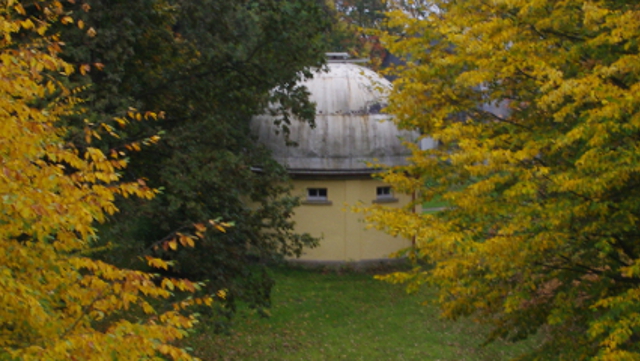History of Hamburg Observatory
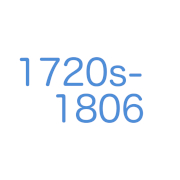
Early precursors
1720s-1730s: Beyer's Collection at Baumwall
Astronomical observations from Hamburg have been documented for centuries. However, the absence of a university confined research to private endeavors. Hamburg's first documented observatory was situated at the Baumwall and is referenced throughout the 1720s and 1730s. The carpenter Johann Beyer had privately established a sizeable collection of astronomical instruments at his house. The observations by him and his friend, the school principal Hermann Wahn, found widespread public acclaim. Eventually, the city senate recognized the value of an observatory for the harbour shipping and considered to acquire it - seemingly unsuccessful.
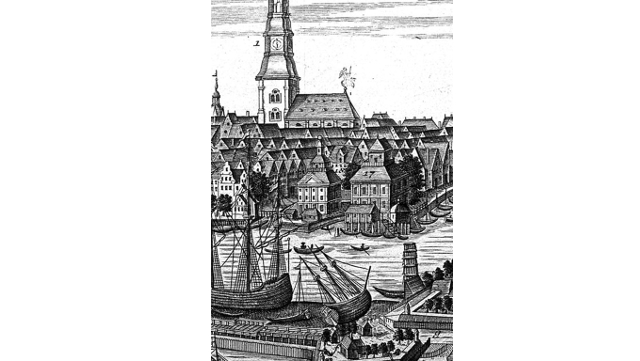

Early precursors
1796-1806: Gabory's observatory at Neuenburg
While the second half of the 18th century saw an increasing professionalization of astronomy in and around Hamburg, this did not translate into any significant attempts to establish a permanent observatory.
This changed in 1796, when optician Edmund Gabory established a manufactory at the Neuenburg, near St.Nicolai church. He and his wife were highly enthusiastic observers and built their own observatory there with an impressive amount of telescopes and other scientific instruments. A decade later, though, Gabory's accomplishments came to a sudden end in the French occupation. In the process, his instruments were confiscated. Those of British origin were destroyed immediately while his larger telescopes were misappropriated for monitoring Hamburg's environment for approaching enemy troops. Gabory became one of the many victims of the siege during the harsh winter of 1814.
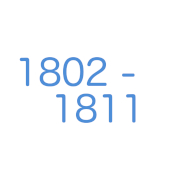
Early precursors
1802-1812: Repsold's observatory at the Stintfang
The first direct ancestor of the modern Hamburg Observatory was established by entrepreneur Johann Georg Repsold. 1798, Repsold had founded a manufactory for precision mechanics that, over the course of several decades, evolved into the globally renowned company A. Repsold & Söhne that lasted until 1919. Through his work on geodesic instruments, Repsold had found an interest in astronomy. In 1802, he was granted permission to establish a private observatory atop of bastion Albertus, a part of the Hamburg's fortifications, which was located at the Stintfang. The hexagonal building was completed a year later and featured a canopy that already somewhat resembled a modern telescope dome with its meridian slit. It housed Repsold's smaller passage instrument, a 3.5 foot meridian circle and a precision pendulum clock. Within a few years, Repsold accumulated an assortment of telescopes and instruments that put even some prestigious, contemporary public observatories to shame.

Early precursors
1806-1814: The coalition wars
Repsold's observatory remained untouched when, in 1804, Hamburg's main wall was razed as proof of neutrality in the Coalition Wars. It outlasted Gabory's observatory but not by much. By April 1811, the building and instruments had taken severe damage from cannon fire. The next year, the French administration forbade any civilian use of the rebuilt battlements. The instruments were stored away and the building was torn down, ending up as firewood. Repsold appealed to the senate to found a municipal observatory. In order to boost his chances, he had found a mutually beneficial agreement with the Hamburger Admiralität, roughly equivalent to the harbour administration, that intended the expansion of its nautical school. Given the war and mounting destruction, the joint proposal was turned down, though.
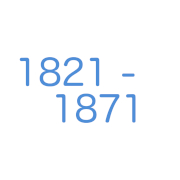
Early precursors
1812-1820 Ambitions to rebuild
For years, customers of Repsold's quality instruments were few and far in between and he was forces to make a living off low quality nautical tools imported from Britain. With no place to set it up, his unused and disassembled meridian circle was eventually sold to Carl Friedrich Gauß, director of the observatory in Göttingen.
In 1820, Repsold had gathered supporters and renewed his call for a publicly funded observatory, emphasizing the necessity of such an institution for the Hamburg harbor. At the same time, Carl Ludwig Rümker, head of the nautical school, was also vying for funds to expand his institution. To boost appeal, it was suggested to merge both institutions. However, the senate stalled on any decision.

Professionalisation era
1821-1871: Competition from nearby Altona
Meanwhile, a new Danish land survey and the intention to connect the resulting geodesic measurements to other European data sets, led to the establishment of a fundamental station at the nearby city of Altona. The project was supervised by Kopenhagen's astronomy professor Heinrich Christian Schumacher. For this purpose, Schumacher purchased a house at the Palmaille in Altona in 1821. It was a mere 2km away from Repsold's earlier observatory and from its grounds a number distant landmarks, such as Hamburg's St.Michaelis church, could be easily spotted and used as survey points. The garden behind the house was used to set up an observatory.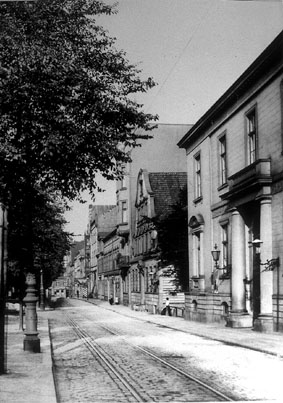

Professionalisation era
1821-1871: Astronomische Nachrichten Journal first published
The same year, given the lack of a scientific journal concerned with astronomy, Schumacher further began to publish the Astronomische Nachrichten in Altona, which remains the oldest astronomical journal worldwide in print. Among the telescopes of the new observatory were instruments constructed by Repsold, whom Schuhmacher had befriended over frequent visits at Repsold's former observatory in Hamburg.

Over the decades, thickening smoke clouds from the progressing industrialization began to hamper observations from Altona. In 1871, the observatory was closed and the its worthwhile instruments and library relegated to a newer observatory at Kiel while the remains were sold off.

Professionalisation era
1821-1825: Progress in Hamburg
1821, Repsold's plans for a new observatory finally came to fruition under the senate's condition that he personally would provide the instruments for free. The fact that nearby Altona had recently established its own observatory might well have played into rivalry sentiments that influenced the senate's decision in Repsold's favor. Following the withdrawal of the French occupiers, Hamburg had decided to demolish its remaining fortifications and converted the land into public recreational area. At the emerging promenade, the former site of bastion Henricus, close to the recently rebuild Millerntor, construction of a two-winged observatory building with two wooden telescope domes atop of the roof was started. The two wings of the building were going to be connected by a hall for a new meridian circle and Repsold's old passage instrument.
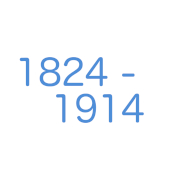
Professionalisation era
1825-1833: Observatory and Nautical School at Millerntor
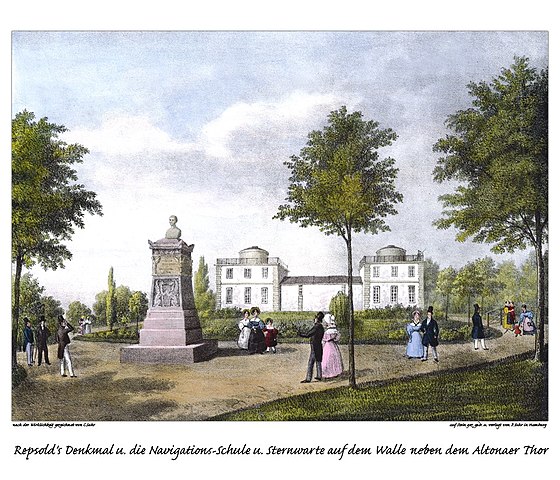
1825, construction works were mostly complete and a number valuable instruments had been acquired. As agreed, the new observatory shared its grounds with a nautical school that was responsible for the new helmsman examination that became mandatory by 1827.
In 1833, the observatory became an official state institute following Repsold's death in a fire a few years earlier.

Professionalisation era
1825-1914: Significance for the harbour
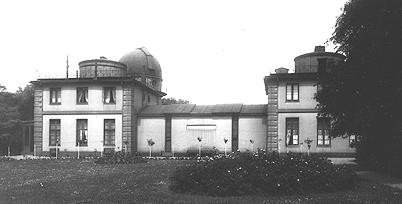
Aside from its scientific intent the observatory had a very practical raison d'être for Hamburg and its harbour. Its astrometric measurements via its meridian circle were instrumental for callibration of the normal time which was vital for navigation. By the end of the 19th century, the observatory housed a clock system that controlled a number of precision clocks across the city and later provided the time for the time ball on top of the Kaispeicher A warehouse in the center of the Hamburg harbour as well as the phone time signal. Unfortunately, though, the rising levels of smog and light pollution of the city as well as tremors caused by the nearby harbour made observations from the Millerntor site increasingly difficult. Facing a similar fate as the observatory in Altona a few decades earlier, the Hamburg observatory was forced to relocate following the turn of the century. By 1914, the old building had been dismantled to clear space for the new Hamburg Museum.
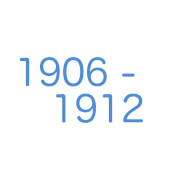
The observatory at Bergedorf
1906-1912: Bigger and better
Between 1906 and 1912, the new Hamburg Observatory was built in the countryside of Bergedorf, then far away from any factors that had negatively affected observations at the old site. In its final design, the new institute was ambitious and modern for its era.
A key distinction was the distribution of instruments into separate buildings across a larger area. In order to fulfill its role of providing a precise time signal, a new, larger meridian circle was constructed. The Äquatorial refractor from the Millerntor had been relocated to Bergedorf but became overshadowed by the considerably larger Great Refractor by Repsold & Söhne.

The observatory at Bergedorf
1906-1912: Sophisticated variety
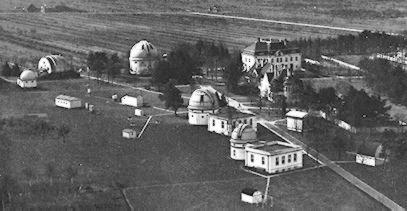
The Great Refractor and its dome including the separated foundations and large lifting platform took up a lion's share of the total construction budget of the observatory. It was partnered by a Newtonian reflecting telescope of one meter in diameter on a massive yet even today surprisingly smooth-running mount by Carl Zeiss. Together, these two large telescopes document a moment in time at which the astronomical community was in quarrel over the builds of future telescopes. The new observatory was opened in an era when the big disadvantages of large reflecting telescopes were steadily overcome and refracting telescopes began to fall out of favor. Had the observatory been relocated several years earlier, it might have featured no reflectors at all while, a few years later, it might not have featured many refractors. Unsurprisingly, it turned out that the 1m reflector was by far the more interesting instrument for science. The large instruments of the new observatory were rounded out by the Doppelastrograph, a very light-intense double-telescope for astrometry and photography.
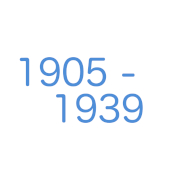
The observatory at Bergedorf
1905-today:Expeditions and Research
In the transition period from the Millerntor to Bergedorf and in the early years of the new observatory, research branched into three broad categories: solar eclipses, star populations, and instrumentation. Between 1905 and 1929, the observatory carried out several expeditions to study solar eclipses, among others, in Algeria, Mexico, Sweden and the Phillippines. The stationary telescopes at Hamburg played a major role in the compilation of large star catalogues, such as the AKG2, a collaboration with observatories at Bonn and Pulkowo that documented over 200000 stars and became a standard reference for astrometry up until the 1980s. Walter Baade laid the groundwork of his research on stellar populations during his decade spent at the Hamburg Observatory.

The observatory at Bergedorf
1930s: Instrumentation and Innovation
1930, Bernhard Schmidt, a freelance optician who worked at the observatory, produced a corrector plate for reflecting telescopes with spherical primary mirrors after fruitful discussions with Walter Baade. This plate eliminated spherical aberration of the optics which distorted images noticeably for wider angles. Schmidt waived patenting his invention which rapidly spread it across the world. Whether in its original form or as an adaption for modified optics, it found application not only in astronomical instruments but also movie projectors and reflex cameras.

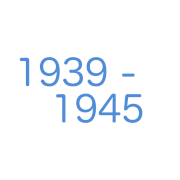
The observatory at Bergedorf
1939-1945: World War II
During World War II, the observatory was deemed a strategic asset and put under naval command, which limited work to observations of solar activity due to its influence on radio and to position computations for military navigation. Despite the appropriation, the observatory managed to fend off the exertion of influence by the NS-Dozentenbund when a new institute director was appointed in 1941. In the run-up to his appointment, new director Otto Heckmann had managed to accommodate the establishment sufficiently without compromising his ideals or buying into unscientific ideology.
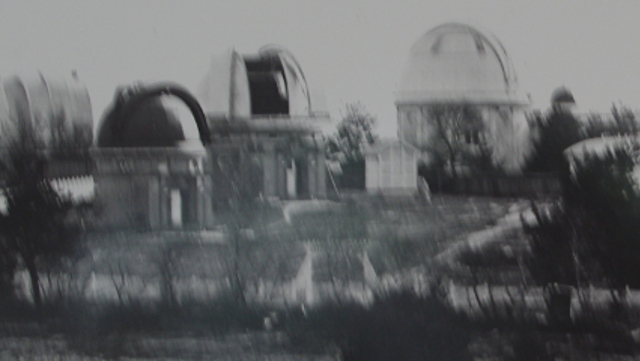
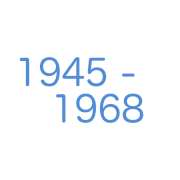
The observatory at Bergedorf
1954-1970: New instruments and research
1954, a new telescope building was completed at the observatory, featuring the Hamburger Schmidt-Spiegel, a modern reflector featuring Bernhard Schmidt's optics, and a mirror vaporization plant in order to keep the reflectors functioning. Between 1955 and 1970, the Hamburg Observatory became the central hub that compiled the data of eleven observatories from across Europe and North America into the star catalogue AKG3.


The observatory at Bergedorf
1962-1968: Foundation of ESO
Since its proposal by Walter Baade in 1953, director Heckmann was a prime mover in the establishment of the ESO, which would allow to tap into the far less explored Southern hemisphere. 1962, he became the first director and established the first headquarters in Bergedorf close to the observatory that later was relocated to Geneva. In 1968, Heckmann retired. The same year, the Hamburg Observatory joined the physics department of the Hamburg University.

Modern era observatory
1968-today: Joining the University
1971, the new Zonenastrograph was added to the pool of instruments. Five years later, the Schmidtspiegel was transferred to the Calar Alto Observatory in Spain. Its building and mount was later occupied by the Oscar-Lühning-Teleskop.
1996, the entire observatory was put under monumental protection. Since 2008, the observatory is listed as national monument of cultural heritage.
